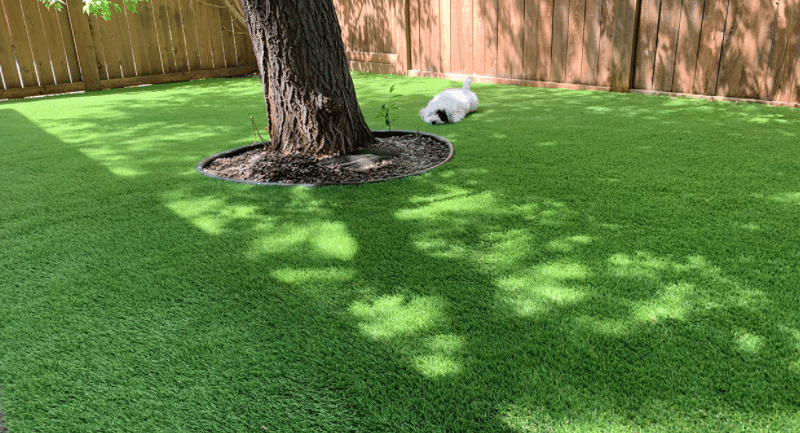Does Artificial Grass Kill Or Encourage Bacterial Growth In San Diego?

Antimicrobial Capabilities Of Non-Treated Synthetic Turf Vs. Natural Sod
Interestingly, researchers have identified that synthetic grass has antimicrobial capabilities. Artificial turf is made of three different layers: the backing, infill, and blades of grass. The middle layer contains wonderful sand, which prevents bacteria from penetrating all the way through to the ground underneath it. This can be considered one benefit that comes with having artificial lawns rather than natural ones.
The downside is that there are still some microorganisms present on non-treated surfaces, even if they cannot penetrate through to where people walk barefoot or play sports. There are also other studies suggesting that synthetic turf may increase the risk of infection compared to natural grass due to aerosolization (when small particles created by movement become suspended in air) during activities such as mowing or playing football/baseball/soccer on synthetic turf.
Another study conducted in 2014 shared similar results about the antimicrobial capabilities of turf with sand infill but also concluded that bacterial colonization and reproduction were crippled due to lack of moisture and nutrients such as nitrogen and phosphorus, which naturally occur on grass surfaces. All these findings suggest that synthetic grass isn’t particularly unhealthy for most people
Silver Ion-Treated Synthetic Turf
Some synthetic turf is also treated with silver ion technology, which helps prevent the growth of bacteria and other microorganisms on surfaces where people
come into contact frequently, such as playgrounds or athletic fields for children. This method has proven to be highly effective in eliminating E. coli, MRSA (Methicillin-resistant Staphylococcus aureus), Salmonella typhi, Candida albicans, and Pseudomonas aeruginosa. However, there are no guarantees that this will be enough to protect you from harmful diseases if you choose artificial grass instead of natural grass due to various factors, including individual biology/innate immunity, weather conditions, geographic location, among others.
So, What’s The Takeaway?
Overall, it seems that synthetic grass has antimicrobial capabilities, which could potentially reduce the risk of bacterial growth and infection. When choosing artificial grass for your projects, it’s essential to carefully consider the factors mentioned earlier before making a final decision. If you have any questions or concerns, feel free to ask our team at Artificial Grass Pros by giving us a call at (619) 332-1177.
We would be happy to help you make the best decision for your project.